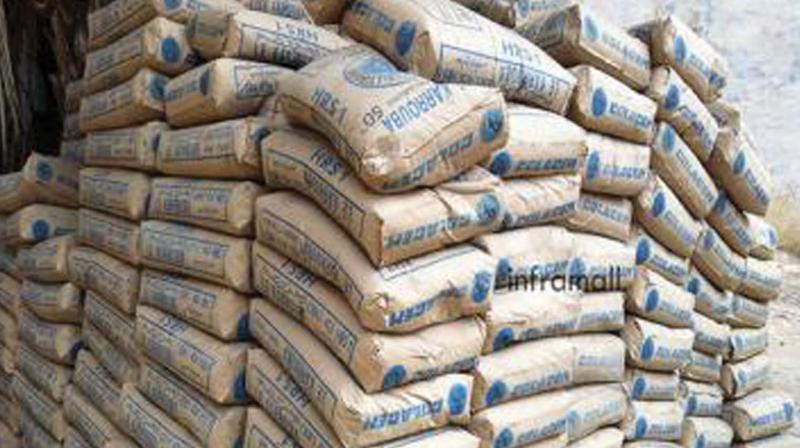Cement pollutes more than all the trucks put together
LafargeHolcim Ltd. in Switzerland to Votorantim Cimentos SA in Brazil are finding customers slow to embrace a greener alternative.

Frankfurt: The most astonishing thing about cement is how much air pollution it produces. Manufacturing the stone-like building material is responsible for seven per cent of global carbon dioxide emissions, more than what comes from all the trucks in the world. And with that in mind, it's surprising that leading cement makers from
LafargeHolcim Ltd. in Switzerland to Votorantim Cimentos SA in Brazil are finding customers slow to embrace a greener alternative.
Their story highlights the difficulties of taking greenhouse gases out of buildings, roads and bridges. After wresting deep cuts from the energy industry, policymakers looking to extend the fight against global warming are increasingly focusing on construction materials and practices as a place to make further reductions. The companies are working on solutions, but buyers are reluctant to pay more.
"There is so far too little demand for sustainable materials," said Jens Diebold, Head of Sustainability at LafargeHolcim. "I would love to see more demand from customers for it. There is limited sensitivity for carbon emissions in the construction of a building."
While architects and developers concentrate on the energy used by their buildings, it's actually the materials supporting the structure that embody the biggest share of its lifetime carbon footprint. Cement's contribution to emissions is especially immense because of the chemical process required to make it.
About two-thirds of the polluting gases that come from cement production stem from burning limestone. Kilns are heated to more than 1,400 degrees Celsius (2,600 Fahrenheit), about four times hotter than a home oven set to the self-clean cycle. Inside the kiln, carbon trapped in the limestone combines with oxygen and is released as CO2, the most abundant greenhouse gas.
A tonne of cement yields at least half a tonne of CO2, according to the European Cement Association. That's more than the average car would produce on a drive from New York to Miami. And a single mixer truck can carry about 13 tonnes. Hundreds or even thousands of tonnes go into ordinary office buildings.
— Bloomberg

